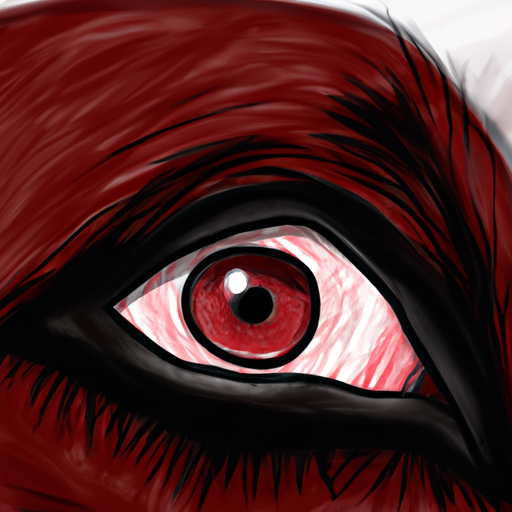As a dedicated caregiver, your pet’s health is of utmost importance to you. In this piece, we’ll be exploring a common condition in dogs known as “cherry eye”. We’ll dive into what it is, the causes, symptoms, treatment options, and prevention methods. By the end, you’ll be well-equipped with knowledge to identify and act upon this condition in your furry friend.
1. Understanding Cherry Eye
Cherry eye, scientifically known as “nictitating membrane prolapse”, is a condition that affects the third eyelid of dogs. This third eyelid, also known as the nictitating membrane, is a protective layer that sits in the corner of the eye, usually not visible unless the dog’s eye is closed or if there is a problem.
A key component of the third eyelid is the tear gland, which produces around 30% of a dog’s tear film. This gland can prolapse or “pop out”, causing a visible red mass in the corner of the eye, hence the name “cherry eye”.
2. Causes of Cherry Eye
The exact cause of cherry eye is unknown. However, it’s widely believed to be a hereditary condition, with certain breeds being more susceptible, such as Bulldogs, Beagles, Cocker Spaniels, and Boston Terriers.
The prolapse is thought to occur when the connective tissue that holds the gland in place is weak or underdeveloped. This allows the gland to move out of its normal position and become visible.
3. Symptoms to Look Out For
Cherry eye is easy to spot due to its distinct appearance. Here are symptoms you should watch out for:
- A red or pink mass protruding from the corner of the eye.
- Excessive tearing or discharge.
- Pawing or rubbing of the eye.
- Swelling or inflammation in the eye.
- Changes in behavior such as reluctance to play or eat.
4. Treatment Options
If you notice any of the above symptoms in your dog, it’s crucial to consult a vet immediately. While cherry eye is not an emergency, early intervention can prevent complications such as dry eye or corneal ulcers.
Treatment options include:
-
Surgical Correction: The most common treatment is surgery to reposition the gland. Removal of the gland is not recommended as it can lead to chronic dry eye.
-
Medication: In some mild cases, anti-inflammatory medication can be used to reduce swelling and inflammation.
-
Manual Repositioning: In certain cases, the vet may try to manually reposition the gland. This is usually only temporary and surgery may still be required.
5. Preventing Cherry Eye
While you can’t prevent the genetic predisposition to cherry eye, regular eye check-ups can help catch the condition early. Also, if your dog is a breed prone to cherry eye, you may want to discuss preventive surgical options with your vet.
| Breed | Risk of Cherry Eye |
|---|---|
| Bulldogs | High |
| Beagles | High |
| Cocker Spaniels | High |
| Boston Terriers | High |
| Other Breeds | Low |
FAQ Section
Q1: Is cherry eye painful for my dog?
While cherry eye itself is not typically painful, your dog may experience discomfort due to dryness or irritation caused by the condition.
Q2: Can cherry eye go away on its own?
In some rare cases, cherry eye may resolve on its own. However, it’s best to consult a vet to ensure proper treatment and prevent potential complications.
Q3: Can cherry eye occur in both eyes?
Yes, while it usually starts in one eye, it can affect both eyes. In fact, about 30% of dogs with cherry eye in one eye will develop it in the other eye.
Q4: Is cherry eye a sign of other health issues?
Cherry eye itself is not a sign of other health issues. However, if left untreated, it can lead to dry eye and potential damage to the cornea.
By understanding cherry eye, its symptoms, and treatments, you can ensure that you’re doing all you can to keep your dog’s eyes healthy. Always consult with your vet for any eye-related concerns to provide the best care for your furry friend.



